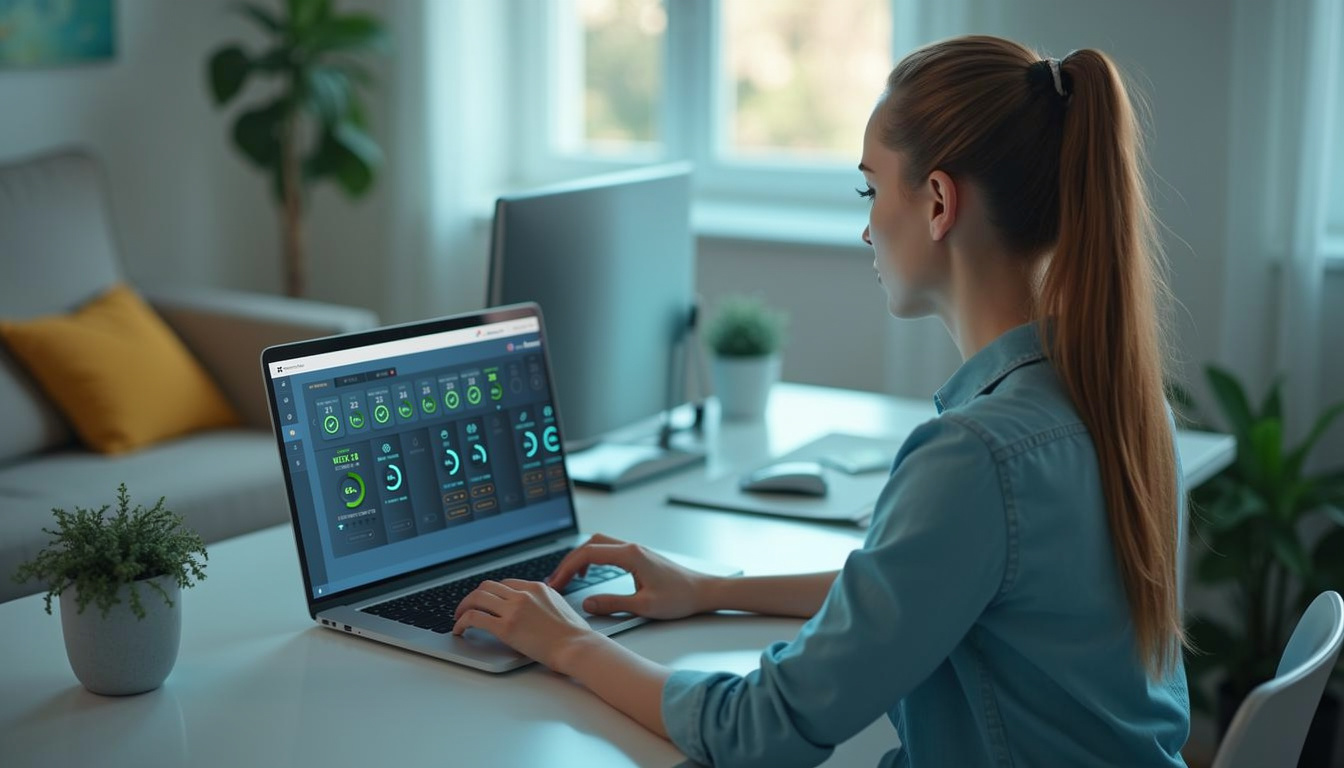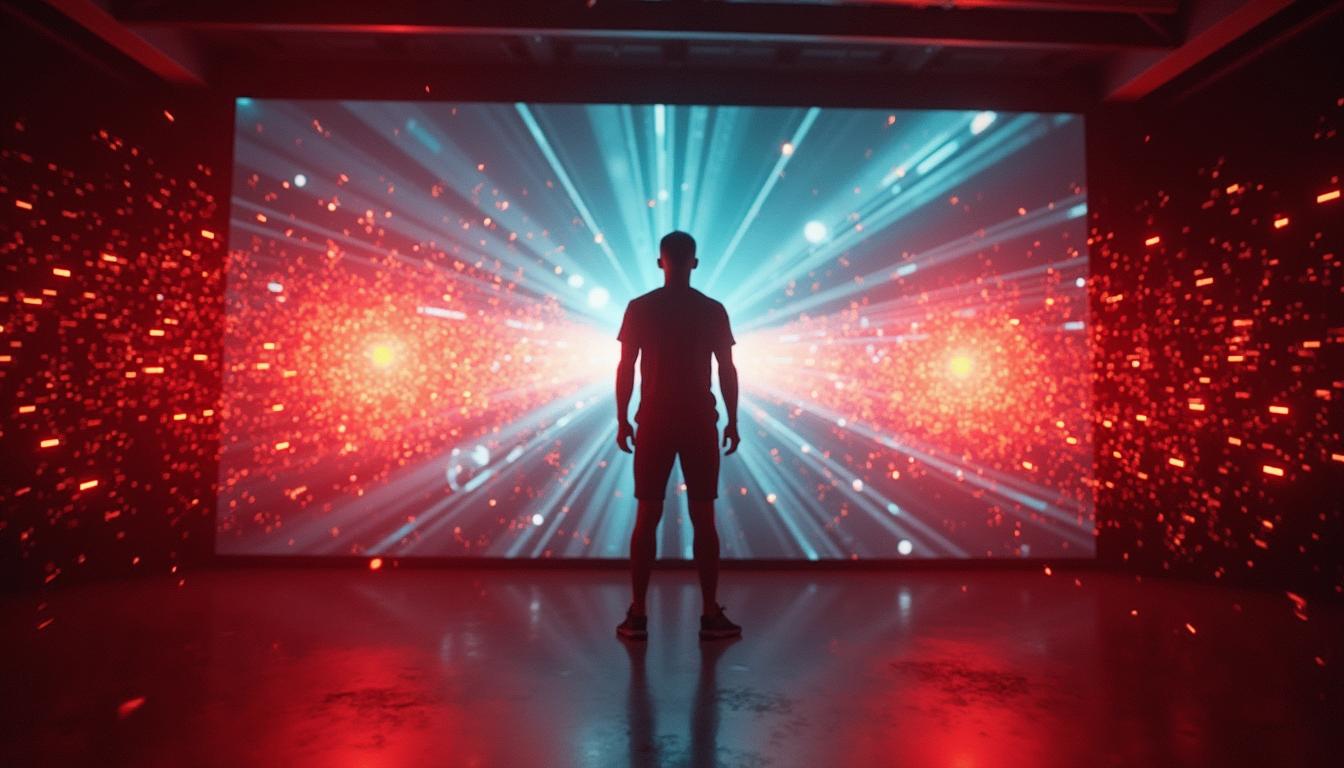Welcome to the Research and Strategy Services at in today's fast-paced.


For better and for worse, technology is changing our lives at light speed. Smartphones epitomize our rapidly changing relationship with technology. On the one hand we have almost unlimited connectivity to global life in the 21st century, combined with almost instant and omnipotent access to human knowledge. On the other hand, smartphones are like a black hole for our attention, in some ways closing us off to our real environment and inhibiting personal relationships with those around us. In this blog we’ll focus on two key ways that smartphones overload our attention, and why tools like NeuroTracker can provide a much welcome antidote.
In a previous blog we covered why smartphone use can diminish our memory formation due to the ease of Google searches. When focusing on the attentional costs of mobile devices, the first challenge is simply the urge of being drawn to our phones. This is softly confessed or accused as a form technology addiction. You may be surprised that a recent Deloitte survey found that Americans typically attend to their phones around 50 times a day. Such use has been associated with a rise in depression, particularly in teens, who are the most active cell phone users.

There are more surprising findings in some of the latest research, in that you don’t even have to look at your phone for it to be having an impact on your attention – just having it nearby saps your attention and cognitive abilities. One consumer research study explained these seemingly unnoticed effects,
‘’Even when people are successful at maintaining sustained attention—as when avoiding the temptation to check their phones—the mere presence of these devices reduces available cognitive capacity. Moreover, these cognitive costs are highest for those highest in smartphone dependence.”
The second smartphone influence on our attention involves our perceptual-cognitive systems. When we see the world around us, whether it’s crossing a road or walking through a shopping mall, we are constantly using our peripheral vision. This helps us understand our place in the environment, pick-up and scan visual cues which alert us to anything important happening, as well as cognitively evaluate decisions and actions we need to take. This integrates our visual centers of the brain with our command center of the brain residing in the frontal lobes.
Visual demands which require us to focus in narrowly on a small area of our visual field also narrow our mental attention window, treating everything outside of the area as a distraction. This limits the amount of neurons being activated in the visual centers of the brain, as well as the amount of attentional resources we commit in any given moment.

Activities like watching TV or working on a PC have this effect, however due to the smallness of smartphone screens, the effect is much more amplified. In addition we often use smartphones when we are outside or travelling – the times when our neural networks usually get their biggest attentional workouts.
As our brains are so efficient at continuously adapting to demands placed on them, this extreme narrowing of our visual attention could be negatively changing our grey matter over the long term. A key factor is the amount exposure. Outside TV and computer time, we average 3-5 hours per day staring at pocket sized displays – about the amount of daily training time it takes be a professional soccer player!
There is a real conditioning risk that such a sustained focus of attention in the central view is causing us to perceive the wider world through a smaller and smaller window. In effect, the same process as what happens in healthy aging. Obviously a big concern is for teenagers - not only are they glued to their beloved phones - from a neurobiological perspective, their brains are very much still in development.
As we’ve covered in a previous blog, your brain’s neuroplasticity is quite remarkable. Although it can diminish your mental abilities when you don’t flex them, it can build them up to new levels in the same way that strength training boosts your muscle mass. When it comes to the two key ways in which our attentional systems take a hit from smartphones – distraction and narrowing of attention – the natural antidote is to train these specific systems.

NeuroTracker provides a great example of a practical cognitive training solution here, with a number of clear and validated advantages over contemporary brain training applications. These are three key reasons why this tool is ideal for countering the side effects of smartphone use.
Neuroscience is evolving quickly, bringing us new tools to improve our daily lives, career performance, and to harness our untapped potential. This is timely, because 21st technologies are impacting our lifestyles and working lives in exponentially increasingly ways.
Whether we crumble under these pressures, or rise to their advantages, all depends on how we can adapt our minds and cognitive abilities. Be it smartphone use, virtual reality applications, augmented reality tools like HoloLens 2, or revolutionary leaps in AI - we need neuroscience tools to prepare our brains for the challenges of 2020 and beyond.

Education strategist and visionary Dwayne Matthews recognizes just how important the inattention problem is for students now constantly immersed in a river of information.
''Technology is a tool. Today the challenge is teaching students how to think in a world with massive amounts of information, how to manage mastery of adaptive learning and creating thinking frameworks to guide personalized learning. Fundamentally it is about transformation. No matter what, we need to empower students to succeed in a world constantly trying to distract them.’’
The good news is that the very technologies impacting the way we navigate our world, are also the tools that neuroscience is evolving to help us adapt and better ourselves.
If you'd like to explore more of the topics covered in this blog, then also check out this article.
Technology Addiction – is it Real?






Welcome to the Research and Strategy Services at in today's fast-paced.

Cognitive training gifts are growing in popularity, here are some of the best options for starting 2026.

Explore five leading tools that support attention and cognitive functioning in ADHD

Discover the best sleep tools athletes use to support peak performance.
.png)